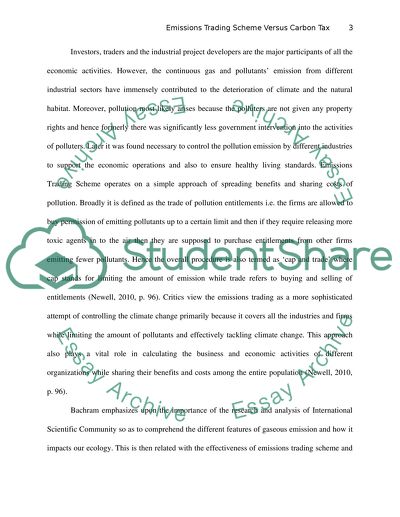Cite this document
(“'An emissions trading scheme is a better policy instrument than a Essay”, n.d.)
Retrieved de https://studentshare.org/history/1486601-ychan-emissions-trading-scheme-is-a-better-policy
Retrieved de https://studentshare.org/history/1486601-ychan-emissions-trading-scheme-is-a-better-policy
('An Emissions Trading Scheme Is a Better Policy Instrument Than a Essay)
https://studentshare.org/history/1486601-ychan-emissions-trading-scheme-is-a-better-policy.
https://studentshare.org/history/1486601-ychan-emissions-trading-scheme-is-a-better-policy.
“'An Emissions Trading Scheme Is a Better Policy Instrument Than a Essay”, n.d. https://studentshare.org/history/1486601-ychan-emissions-trading-scheme-is-a-better-policy.


